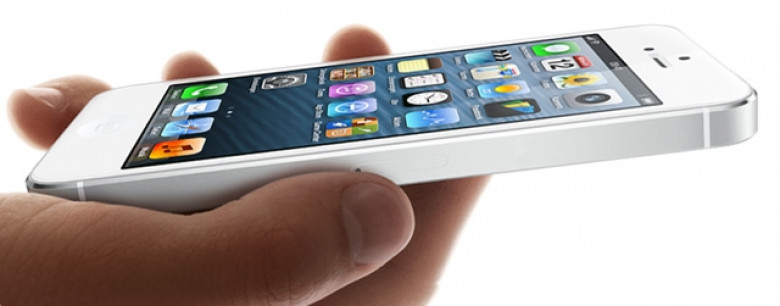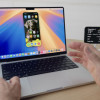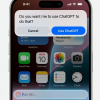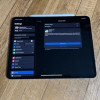The iPhone 5: Not as innovative as Android and WP8 handsets
For the last half a decade now, the mobile industry has largely arranged itself around the announcements of Apple’s iPhones. These devices set the standard for what a phone could and should be. At the same time, Android, webOS, and Windows Phone struggled to get off the ground, with widely varying levels of success. The freshly launched iPhone 5 is undeniably the best iPhone yet (as Apple likes to say), but in many ways it feels like Apple is spinning its wheels at the worst possible time.
On the hardware side, Apple has finally decided to move away from the 3.5in touchscreen that has been the hallmark of iPhone design since 2007. I would say, however, that it was done in a strange way. The iPhone 5 sports a 4in IPS LCD at 1136 x 640 resolution. Both Android and the upcoming Windows Phone devices are higher resolution at 1280 x 720. The iPhone 5 screen is 16:9 format, which Apple was keen to point out. That might be notable if Android devices hadn’t been there long before. The choice of resolution also means that old iOS apps will be letterboxed. Android natively supports app scaling to many different display sizes, but iOS does not.










































































